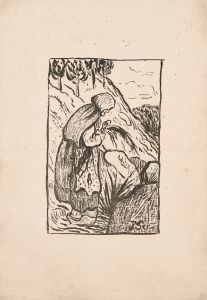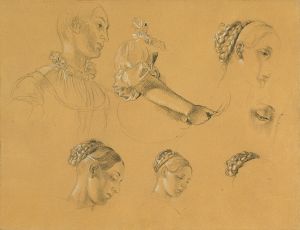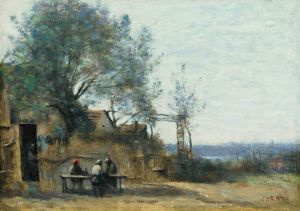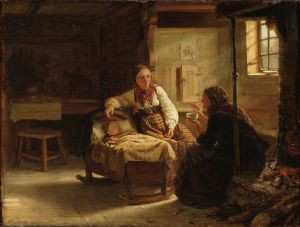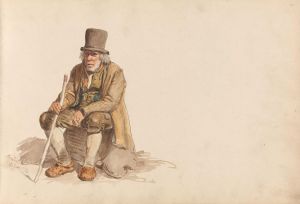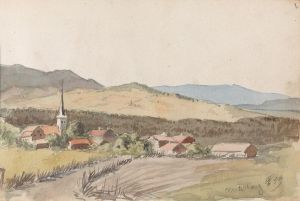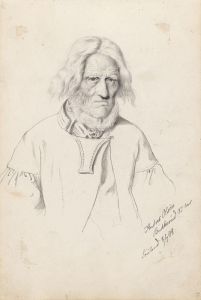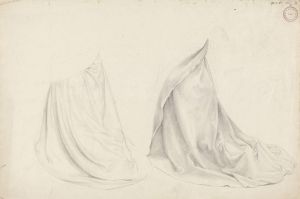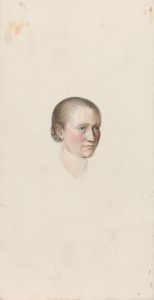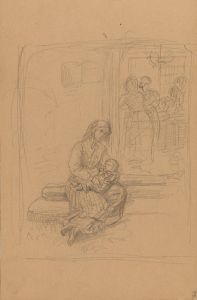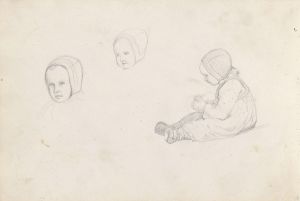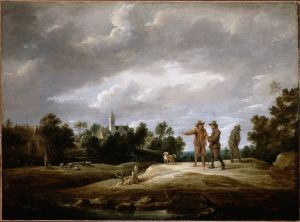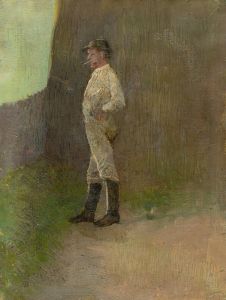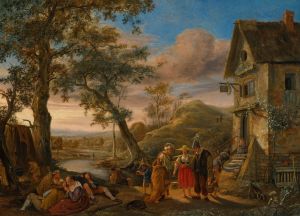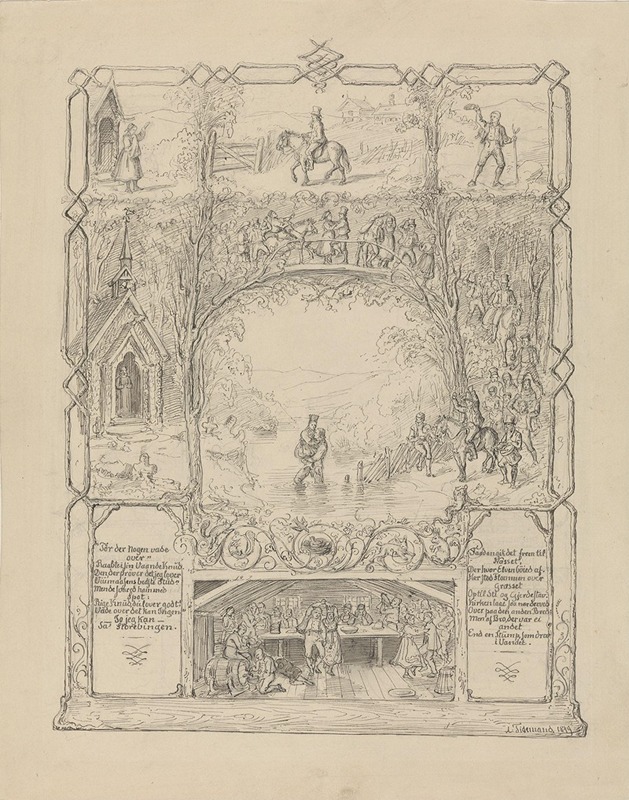
Raad for Uraad
A hand-painted replica of Adolph Tidemand’s masterpiece Raad for Uraad, meticulously crafted by professional artists to capture the true essence of the original. Each piece is created with museum-quality canvas and rare mineral pigments, carefully painted by experienced artists with delicate brushstrokes and rich, layered colors to perfectly recreate the texture of the original artwork. Unlike machine-printed reproductions, this hand-painted version brings the painting to life, infused with the artist’s emotions and skill in every stroke. Whether for personal collection or home decoration, it instantly elevates the artistic atmosphere of any space.
"Raad for Uraad" is a painting by the Norwegian artist Adolph Tidemand, a prominent figure in 19th-century Norwegian art. Tidemand is best known for his genre paintings that depict Norwegian rural life and traditions, capturing the essence of the country's cultural heritage during a period of national romanticism. His works often reflect a deep appreciation for the everyday lives of Norwegian people, their customs, and their environment.
Adolph Tidemand was born on August 14, 1814, in Mandal, Norway. He studied at the Academy of Art in Copenhagen and later continued his education in Düsseldorf, Germany, which was a significant center for art at the time. The Düsseldorf School of Painting, known for its detailed and realistic style, greatly influenced Tidemand's artistic development. His time in Germany exposed him to various artistic movements and techniques, which he skillfully incorporated into his own work.
"Raad for Uraad," painted in 1855, is one of Tidemand's notable works. The title can be translated to "Advice for the Unadvised" or "Counsel for the Uncounseled," reflecting the painting's thematic focus on guidance and wisdom. The artwork portrays a scene typical of Tidemand's oeuvre, featuring a group of Norwegian villagers engaged in a discussion or consultation. This setting is emblematic of the communal and cooperative spirit prevalent in rural Norwegian communities during the 19th century.
The painting is characterized by its attention to detail and the realistic depiction of the figures and their surroundings. Tidemand's use of light and shadow adds depth to the scene, highlighting the expressions and interactions of the characters. The composition is carefully arranged to draw the viewer's eye to the central figures, emphasizing the importance of the conversation taking place.
Tidemand's work, including "Raad for Uraad," played a significant role in the national romantic movement in Norway. This movement sought to celebrate and preserve Norwegian culture and identity at a time when the country was seeking independence and self-definition. Through his paintings, Tidemand contributed to a growing sense of national pride and cultural awareness, capturing the unique aspects of Norwegian life that distinguished it from other European cultures.
"Raad for Uraad" is housed in the National Gallery in Oslo, Norway, where it remains an important part of the country's artistic heritage. The painting continues to be appreciated for its historical significance and its ability to convey the values and traditions of 19th-century Norwegian society. Tidemand's work has left a lasting legacy, influencing subsequent generations of Norwegian artists and contributing to the broader understanding of Norway's cultural history.
In summary, "Raad for Uraad" by Adolph Tidemand is a quintessential example of Norwegian national romantic art. Through its depiction of rural life and communal values, the painting offers insight into the cultural identity of Norway during a pivotal period in its history. Tidemand's skillful artistry and dedication to portraying the essence of Norwegian life have ensured his place as a key figure in the country's artistic legacy.





